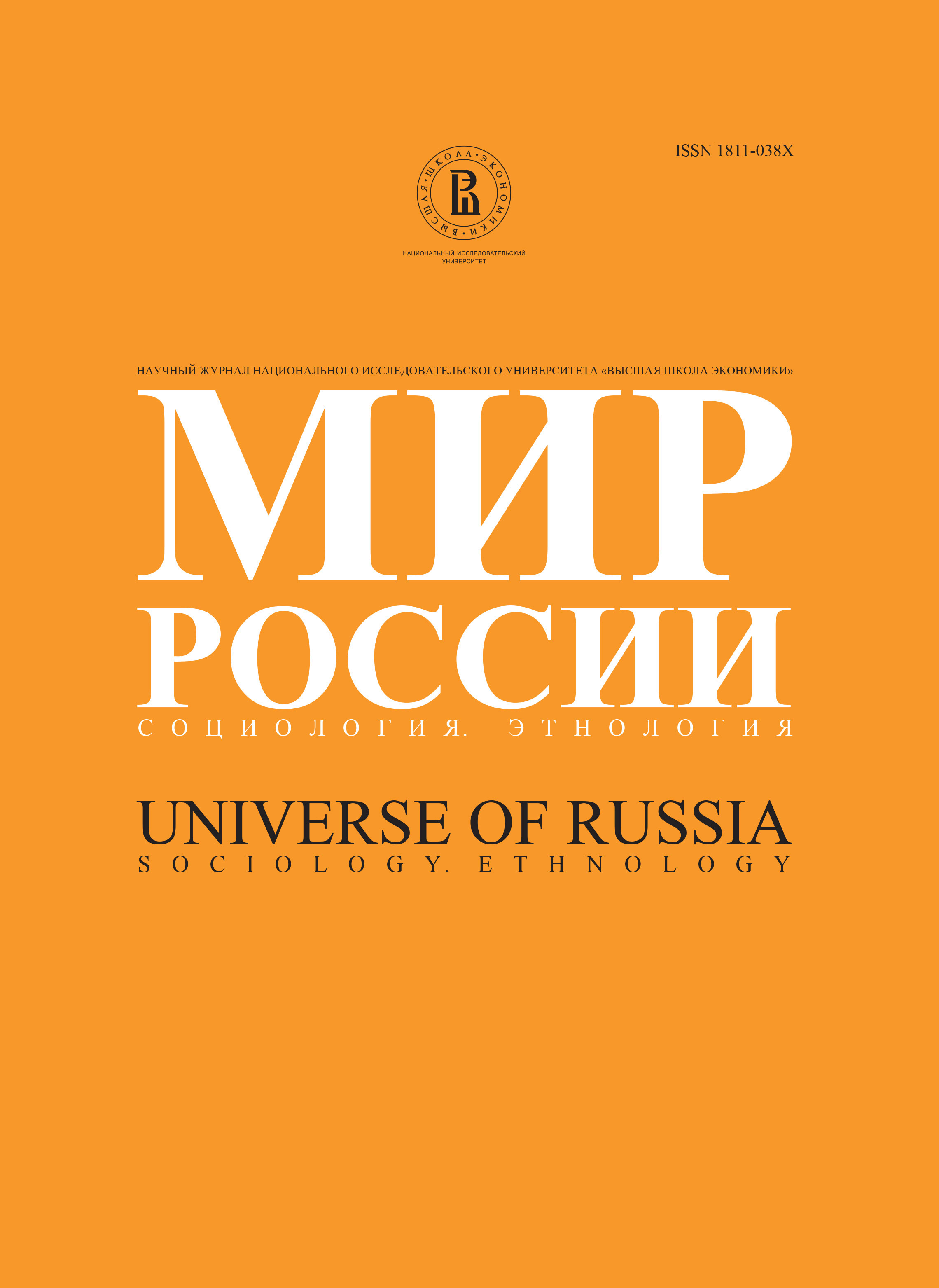Rise of Death-Rate in the 1990-s: Fact or Artefact?
Abstract
The rise of death-rate in the first half of 1990-s - the so-called 'Yeltsin's genocide' is an artefact, as at that period there was either no real increase in the death-rate or it was negligible. There were small changes of compensation nature: temporary shifts in death-rate 'calendar' that began in mid 1980-s later brought to the effect of sharp indicators' aggravation for conditional generations. Such a conclusion is based upon comparison of real and hypothetical demographic data (the latter might have been gathered in case the generations death rhythm, typical for the first half of 1980-s, would have maintained). Real and hypothetical number of deaths and number of man-years are compared, providing a basis for the following conclusion: all generations of Russians, who died in 1985-1994, 'won' in the number of man- years lived. Those groups traditionally regarded as higher risk categories gained most.Although that is not the reason for optimistic view on death-rate in Russia. The last 25 years of the USSR existence were the time for its increasing falling behind the world standards of death-rate control.. In the middle of 1990-s the unfavourable background of previous «soviet» times became evident. Death-rate decrease after 1994 obviously did not have the inner driving forces - it was simply a return to the previous situation, to the former bad state of affairs.
1999 gave a new rise to the death-rate in Russia, as the whole system of health care, formed both in Soviet and post-Soviet periods, does not meet the requirements of nowadays.






